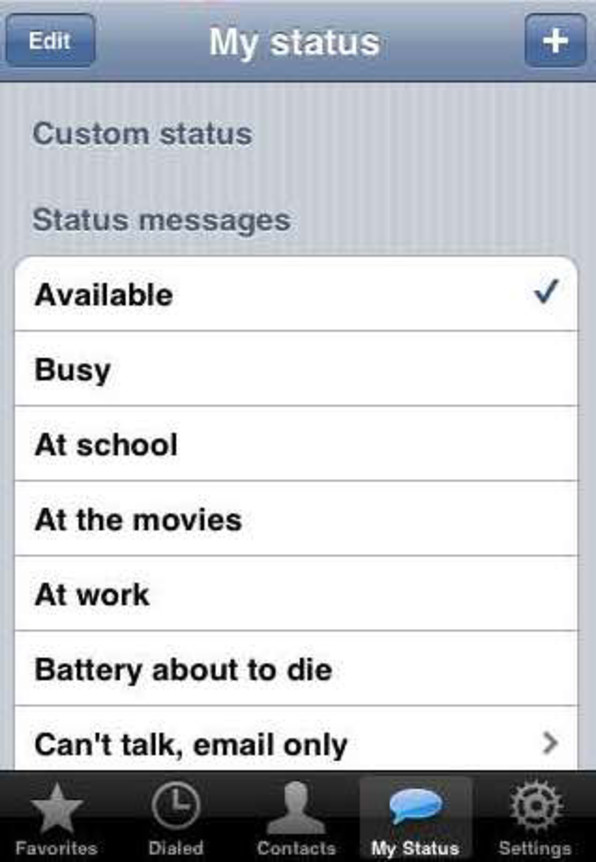Why WhatsApp Is Returning To Its Roots–And Copying Snapchat
Eight years ago, the first lines of code in what would eventually become WhatsApp were being written. Originally, all the app let you do was post a status–a way to tell your friends that you were at work or traveling during the day and would be unreachable. Eventually, founders Jan Koum and Brian Acton decided to add messaging capabilities as well, and the app evolved into the powerhouse that it is today.

“We lean on three principals: simplicity, reliability, and security,” says Randall Sarafa, product manager at WhatsApp. “That’s been our focus all along, that’s the type of app we really want to build, and everything we’ve done has been in regard to that.”
WhatsApp’s official birthday is on February 24. But the company is celebrating it today by rolling out a new feature, Status, that’s reminiscent of how it got its start. You’ve always been able to write a short status within the app to let your friends know what you’re up to. Now it’s taking the option a step further by allowing you to include photos and videos in a format reminiscent of Snapchat Stories and Instagram Stories.
Status launches today on Android, iPhone, and Windows Phone. The feature will initially be available in beta in France and the Netherlands, followed by the U.K. and Spain on the February 21, and Italy, Israel, and Saudi Arabia on February 22. A global rollout–including the U.S.–will follow those tests.
A Whole Lotta Photos, Videos, and GIFs
WhatsApp currently has 1.2 billion monthly active users who send a whopping 50 billion messages a day. That’s dramatic growth even from last year, when the company had a mere 1 billion monthly active users who were sending 42 billion daily messages. All those users are also sending 3.3 billion photos, 760 million videos, and 80 million GIFs each day. Over the past year, the number of photos shared on the service has doubled and videos have tripled, a trend that encouraged the company to look at bringing these elements to status messages.
Similar to Snapchat and Instagram’s Stories features, WhatsApp status messages last 24 hours and then disappear, and you can add to them throughout the day. For instance, you could post eight status messages chronicling your day of sightseeing in a new place. Anyone who views your status will see all eight.
Just like messages sent with WhatsApp, status messages are end-to-end encrypted. The app uses phone numbers rather than user names to connect people, so by default, your status messages are viewable to anyone whose number you have saved in your phone. But you can also set your privacy settings on a per-status basis, so one of those eight messages could just be viewable by just your best friends.
The app uses an algorithm to determine which status messages you’re likely to want to open, so it can automatically download their content and make it ready to view as soon as you open a message. It might download a photo from your significant other immediately, but hold off on downloading a long video from that guy you went to high school with and never speak to until you actually open the post.
“We try to put ourselves in the shoes of people who are in another country and might not have access to the same cell providers that we do, or might not have an iPhone 7, or a brand new Android phone,” Sarafa says. To that end, many WhatsApp developers use older Android phones as their personal devices to ensure that experience holds up, even if you’re not using one of the latest and greatest phones on a fast network.
Given that both Snapchat and Instagram have seen their Stories features become phenomenally popular–and even Facebook is testing a version of the idea–it’s not a shocker to see WhatsApp offer its own take. “I think it’s a format that’s being adopted by the industry broadly, and we see a lot of apps using it,” says Sarafa. “As we adopt, we wanted to add a bit of unique flavor to it, and I think we did that.”
Fast Company , Read Full Story
(23)














